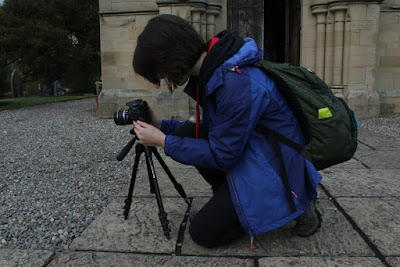What do you know about the working culture of the film industry?
Culture is defined as the ideas, customs, values, behaviors, beliefs and attitudes shared by a group of people who are working towards a common goal. This requires extremely effective team with working skills for everyone concerned. There must be a very clear goal for the film, which is to produce the best film that can be made, within timescales and budgets. This can encourage people with specific roles to work with others so that can complete their deadlines that have been set. This can produce lots of high pressure as there will be lots of long hours involved, so ways of dealing with stress are important to consider. Usually, if a film is taking place in a location which is not on the film company premises, everyone will be expected to have the flexibility to just drop everything at a moments notice, which in itself is stressful.
Culture is defined as the ideas, customs, values, behaviors, beliefs and attitudes shared by a group of people who are working towards a common goal. This requires extremely effective team with working skills for everyone concerned. There must be a very clear goal for the film, which is to produce the best film that can be made, within timescales and budgets. This can encourage people with specific roles to work with others so that can complete their deadlines that have been set. This can produce lots of high pressure as there will be lots of long hours involved, so ways of dealing with stress are important to consider. Usually, if a film is taking place in a location which is not on the film company premises, everyone will be expected to have the flexibility to just drop everything at a moments notice, which in itself is stressful.
Whilst
on this course I got to work in a team for many situations, discussing what we
thought could and should happen.The film industry as a whole is a very fluid
industry to work in as although deadlines have to be met and production costs
have to be carefully worked around there is still room for artistic license and
flexibility in timetabling is needed to account for people working on various
projects at the same time.
The
teamwork aspect is very important as many people in the industry work long
hours and under extreme pressure to meet the deadlines. Freelance work is the
most common and contracts are generally short term in nature with everyone
needing to be able to try their hand at a number of different roles to get the
job done on time. This leads to the workforce being extremely well trained in
the long term and able to do many types
of work but can mean that staff work long hours
as well as being asked to travel all over the world sometimes at a
moments notice. This can lead to a difficult home life balance and can make things very stressful for both
home and work relationships.
What qualities do you need to work in the film industry?
To
survive in the industry you need to show initiative from the start and not be
afraid to muck in help when needed. Getting along with people is a skill that
is often underrated but being able to work under pressure whilst still being
able to communicate effectively is very important especially in a small team.
You also need to be very determined and even if you are insure of quite what you
are doing you need to sound positive and be confident in your own ability to
learn things as quickly as possible. It also needs someone who will be willing
to ask for help if they are unsure about what to do as some things could be
very dangerous or costly if they are done incorrectly; you also need to be
prepared to fail and to learn from your mistakes. Time management is a major
plus as keeping positive and meeting deadlines requires good organisational
skills.








